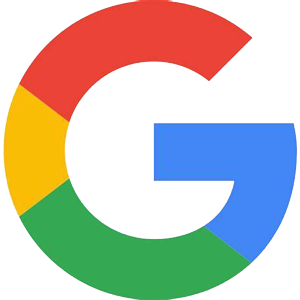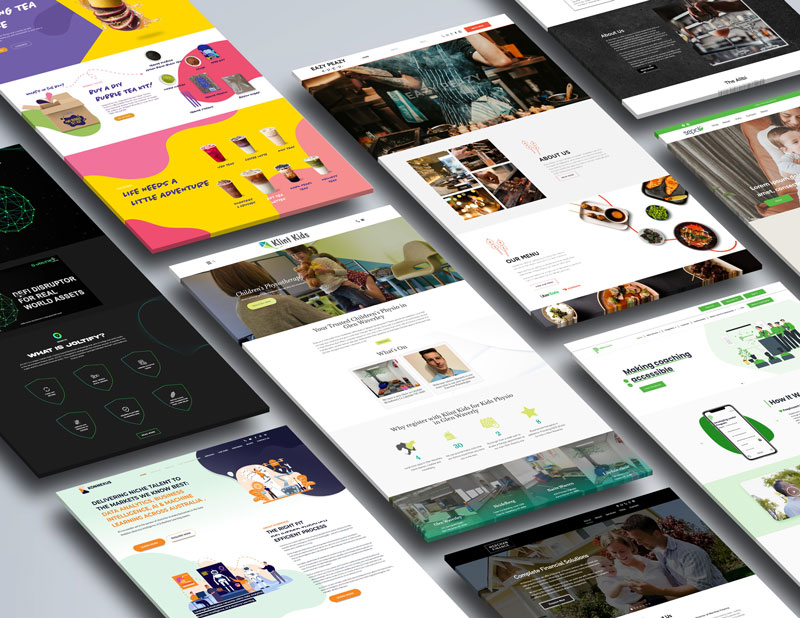So, let’s have some Digital Marketing 101, shall we? This concept has taken the world by storm, no doubt. However, more specific details about it need to be tackled. This way, everyone gets to embrace it, especially for business purposes.
Digital marketing is the process of using electronic channels to promote or market products or services. The key goal is to promote a brand, product, or service through the use of digital channels to reach customers. Continue reading to understand how it is an essential part of any successful marketing strategy. With all these said, let’s get started learning about it more.
A Brief Overview Of Digital Marketing
Digital marketing is one of the most important tools for promoting products online. The fast pace of technological advancements made it easier for businesses to reach their target customers. More so, establishing a relationship with them has become more mainstream.
There are many different types of digital marketing techniques. This includes content marketing, search engine optimisation (SEO), social media marketing, and email marketing. Each of these techniques can be used to accomplish goals such as branding. Well, lead generation and customer retention are also covered.
For example, content marketing involves creating content that draws traffic to your website. On the other hand, SEO helps you rank higher on search engines. Overall, digital marketing helps businesses succeed in a highly competitive environment. Whether you’re an established company or just starting out, digital marketing is necessary.
History of Digital Marketing
Digital marketing can be traced back to the early days of the internet. One of the first forms of online advertising was banner ads. This appeared on web pages in the early 1990s. These ads were typically static images that linked to the advertiser’s website.
As time went on, advertisers started to see the potential of digital marketing. They began experimenting with different forms of content. This led to the invention of search engine optimisation (SEO). It focused on improving a site’s visibility in search results using various techniques. These include keyword density, backlinks, and more.
Around this same time, social media platforms also began to emerge. These were initially intended to connect online. However, companies didn’t take long to realise their power as a marketing tool. It even becomes more effective when combined with paid advertising options.
Today, digital marketers have more tools at their disposal. Instead of relying on banner ads or SEO techniques, they use different channels. This includes email marketing, content marketing, social media marketing, and others.
Digital marketing shows no signs of slowing down anytime soon. As new technologies and platforms emerge, marketers find new ways to reach their target audiences. This is something that’s something we can all look forward to!
Meeting the 7 Major Categories of Digital Marketing
Search Engine Optimisation (SEO)
Search engines use complex algorithms to rank web pages based on various factors. This covers how a website’s relevance, number of inbound links, and overall authority. By optimising these factors, businesses have their websites appear high up in the search results. This happens through the use of relevant keywords which leads to more traffic and higher conversion rates.
Some of the key areas focused on an effective SEO strategy include on-page optimization. This is through the use of keywords in titles and meta tags. Another one is through the creation of internal links to other relevant pages. Let’s not forget Off-page optimisation which builds quality backlinks. There is also the use of social media platforms for engagement. Lastly, investing in pay-per-click advertising has proven helpful to improve search engine rankings.
How to have a successful SEO effort
There are many factors that contribute to a successful SEO strategy, but here are some of the most important ones:
1. Make sure your website is optimised for search engines. This means ensuring that your title tags, meta descriptions, and header tags are all accurate and up-to-date.
2. Use keyword-rich content throughout your site. This means including the main keywords that you want to rank for in strategic places. These are titles, headings, and alt texts.
3. Reach out to other websites or blogs in your niche. Then, ask them to link to your site. Getting high-quality backlinks will help improve your search engine rankings.
4. Use social media to promote your website and content. Sharing your content on social media attracts more visitors to your site.
5. Monitor your search engine rankings regularly. Doing keyword research and keeping track of your progress help make changes that ensure possible results.
6. Finally, always make sure that your website is fast and user-friendly. This helps keep visitors engaged and improve your rankings!
Dominate the Search Engines with Melbourne’s Top Rated SEO Agency
Search Engine Marketing (SEM)
Search engine marketing is an important component of digital marketing. Unlike traditional media, it uses online channels to reach consumers. This makes it possible for businesses to target their advertising efforts with more precision.
There are many different tools and techniques used in SEM. Keyword research is essential for finding the search terms that people use. Once identified, you can then create content that targets those specific keywords. On-page optimisation is also used to improve a website’s visibility. Finally, paid advertising methods like Google AdWords are used to place ads on SERPs to drive traffic.
By targeting specific keywords, your ads are seen by people who are most likely interested in your product. SEM is also a cost-effective way to drive traffic to your website. This is so because you only pay for the ads that are clicked on by users.
Types of Search Engine Marketing
There are two types of search engine marketing: Organic and Paid.
Organic
This is done by optimising your website content, structure, and on-page elements. These are the likes of titles, metatags, and anchor text. It can also be done by building high-quality backlinks to your website.
Paid
This happens through Google AdWords, Bing Ads, or other PPC platforms. Paid ads typically appear above or below the organic search results. They can be targeted to specific keywords or demographics.
Both organic and paid search engine marketing are effective ways to improve your website’s traffic. However, it’s important to remember that organic SEO takes time to build. It’s crucial to consider both approaches when planning your search engine marketing strategy.
Content Marketing
One of the key benefits of content marketing is that it helps you build a strong relationship with your audience. This also establishes yourself as an authority in your specific industry. Additionally, this is a powerful tool for driving traffic, generating leads, and boosting sales. There are many different types of content that you can create.
These include blogs, infographics, social media posts, and videos. Also included are podcasts, webinars, case studies, ebooks, whitepapers, and more. By consistently publishing valuable content, you build credibility with existing and potential customers. This increases the likelihood of them doing business with you. Of course, it ultimately leads to more sales and revenue for your company.
Types of Content Marketing
In order to make the most of content marketing, it’s important to understand the different types of content that can be created. Here are some of the most common types of content marketing:
Blog posts: Blogging is one of the most popular forms of content marketing. It’s a great way to share your expertise and build relationships with potential customers. Blog posts are used both to educate and entertain. Such entries are generally written in an informal and conversational style.
White papers: A white paper is a long-form and detailed document that outlines a specific problem. It also describes how it can be solved using the product or service you’re marketing. White papers are used to generate leads and can be effective in complex sales cycles.
Ebooks: An eBook is a digital book that can be downloaded and read on any device. These are used as free resources that potential customers receive in exchange for their contact details. They are valuable in helping you to qualify leads. This is because they often require a bit of effort on the part of the reader.
Infographics: Infographics are visual representations of information that make complex data easier. They’re a popular form of content marketing because they’re great for getting your message across quickly.
Case studies: A case study is a detailed account of how your product was used to solve a specific customer’s problem. Case studies are an excellent way to build credibility as they provide concrete evidence of the value you can provide.
Videos: Videos are one of the most effective types of content you can create. They’re highly engaging and perfect for explaining complex topics. Short clips can already showcase your products or services in action.
Social media posts: It allows you to engage with potential customers and share content in an informal setting. Posts on social media can take many different forms. It ranges from short announcements to longer-form articles and videos.
Social Media Marketing (SMM)
Social media platforms like Facebook, Twitter, and Instagram have become some of the most popular websites in the world. These have billions of users logging on every day. For businesses, this presents a huge opportunity to reach out to new customers.
However, social media marketing is not just about posting ads or promoting your business. It’s also about creating valuable content to interest and engage your target audience. This includes blog posts, infographics, images, or even videos. By creating this kind of content, you build a loyal following of customers.
In addition, this technique creates brand awareness of your brand and generates leads. By sharing your content, you get people interested in your business. Furthermore, you encourage them to contact you for more details. This inevitably starts the sales cycle.
Types of Social Media Marketing
Here’s a quick rundown of some of the most popular types of social media marketing:
Content marketing. This is all about creating valuable and shareable content that interests your target audience. It could be blog posts, infographics, videos, or anything else that people will want to share.
Social media ads. These are paid ads that appear on social media platforms like Facebook, Twitter, and Instagram. They’re a great way to reach a new audience and increase your visibility.
Influencer marketing. This involves working with influencers in your industry to share content. They can also promote your products or services. For example, you can partner with an Instagram influencer under the same niche.
Social media contests. These can be used for a wide range of purposes. It includes growing brand awareness, increasing likes and followers, or driving sales. You launch a giveaway program on Instagram. People have to first follow your account and tag a friend in order to enter.
Pay Per Click
Pay-per-click advertising (also known as PPC advertising) is an important component of digital marketing. With PPC advertising, you only pay when someone clicks on your ad. This makes it a highly targeted form of online advertising. It gives you tremendous control over your marketing budget. Also, it clearly measures the results of your campaigns.
There are many platforms available for PPC advertising. These include Google AdWords and Bing Ads. To get started with PPC advertising, you need to create ad campaigns that include text, image, and video ads. You also need to choose the keywords that you want your ads to show up. Then, set a budget for how much you are willing to spend on each click.
Types of Pay-Per-Click Advertising
There are different types of pay-per-click advertising. Let’s take a look at some of the most common types of PPC advertising:
Search engine ads. These ads appear at the top or along the right side of search results pages. In order to display these ads, advertisers must bid on keywords related to their products or services. They then need to set a maximum amount that they’re willing to pay when someone clicks.
Social media advertising. This type of PPC advertising involves placing banner or text ads on social media sites. Setting up these campaigns can be more difficult than traditional search engine ads. It is so because you need to use the social media site’s ad platform to create campaigns. Once they are set up, you can target specific audiences based on age, interests, and location.
Display advertising. Advertisers typically have little control over where their ads appear. This is because it is handled by the ad networks. If done correctly, these PPC campaigns become successful at reaching potential customers.
Affiliate Marketing
Affiliate marketing is a type of performance-based advertising. The process commences when a merchant pays an affiliate for each visitor brought. Here, affiliates use advertisements and links, social media pages, and YouTube videos. This is to direct visitors from other channels toward a particular merchant website.
There are several benefits of affiliate marketing for both merchants and affiliates alike. For merchants, it is an effective way to tap into new markets. This happens without having to invest in marketing campaigns and resources. For affiliates, it is a good way to monetise their audience. It happens by earning a commission on every sale generated through their website or social media page.
Types of Affiliate Marketing
There are four main types of affiliate marketing:
Pay-per-click (PPC) affiliate marketing: Here, businesses pay affiliates on the number of clicks they generate. This is a great way to drive targeted traffic to a business’s website or product page.
Pay per lead (PPL) affiliate marketing: Businesses pay based on the number of generated leads. This can be done through online forms, cookies, or any other method that captures contact information.
Pay-per-sale (PPS) affiliate marketing: This is the most common type of affiliate marketing. It can be a great way to earn a commission on high-ticket items.
Pay per action (PPA) affiliate marketing: Payment to affiliates is based on the number of actions they take. This could include clicks, sign-ups, or any other type of measurable action.
Email Marketing
Email marketing is one of the most important components of digital marketing. It allows businesses to reach out to their prospects in a highly personalised way. This builds relationships that lead to increased sales and repeat business.
When done correctly, email marketing can be an extremely effective way to connect with your target audience. However, it is important to remember that email marketing is not a one-size-fits-all solution. The success of your email campaigns depends on a number of factors. This includes your list size, engagement rates, and the overall quality of your content.
Types of Email Marketing
There are different types of email marketing that you can use to reach your target audience. These are the following:
1. Broadcast emails are sent to all subscribers on your list at once. They’re great for announcements or promoting special offers and sales. However, they may not be appropriate for more personalised or targeted messages.
2. Targeted emails are sent to a specific group of subscribers identified as interested in your product or service. For example, you can choose to send an email about a new product launch to subscribers who clicked on similar products. This is a great way to increase engagement.
3. Lead nurturing emails are sent to those who have shown interest but are not ready to purchase yet. These messages can include valuable content like how-to guides or other important tips.
4. Transactional emails are sent after a purchase is made or an action is taken. They include shipping updates, order confirmation, or password reset instructions.
Important reminders
– Timing is everything when it comes to email marketing. You need to consider the best time to send your messages based on your audience’s habits and preferences.
– Segmentation is key to creating targeted and effective email marketing campaigns. By segmenting, you can send more relevant and personalised that resonate with your subscribers.
– A/B testing is a great way to test different elements of your email marketing campaigns. Try testing different subject lines, calls to action, or even the time of day that you send your messages.
– Automation can help you save time. This ensures that your email marketing campaigns are always on point. By setting up automated emails, you can free up your time to focus on other aspects of your business.
– Mobile optimisation is crucial to your email marketing success. Note that over half of emails are now opened on mobile devices. Make sure that your emails are formatted correctly. It has to work on different screen sizes and load quickly to keep subscribers engaged.
In conclusion
This Digital Marketing 101 stresses the fact that it is a vast and complex field. By understanding its concepts, you can start planning your campaigns. However, knowing the basics won’t be enough to launch an in-depth project. You need an expert to partner with to make this work.
This is why it’s crucial to partner with a top-notch digital marketing company. With their help, you take your marketing efforts to the next level. Their expertise paves the way to reach new customers. Even better, they are responsible for boosting your bottom line.
Related Page and Articles




